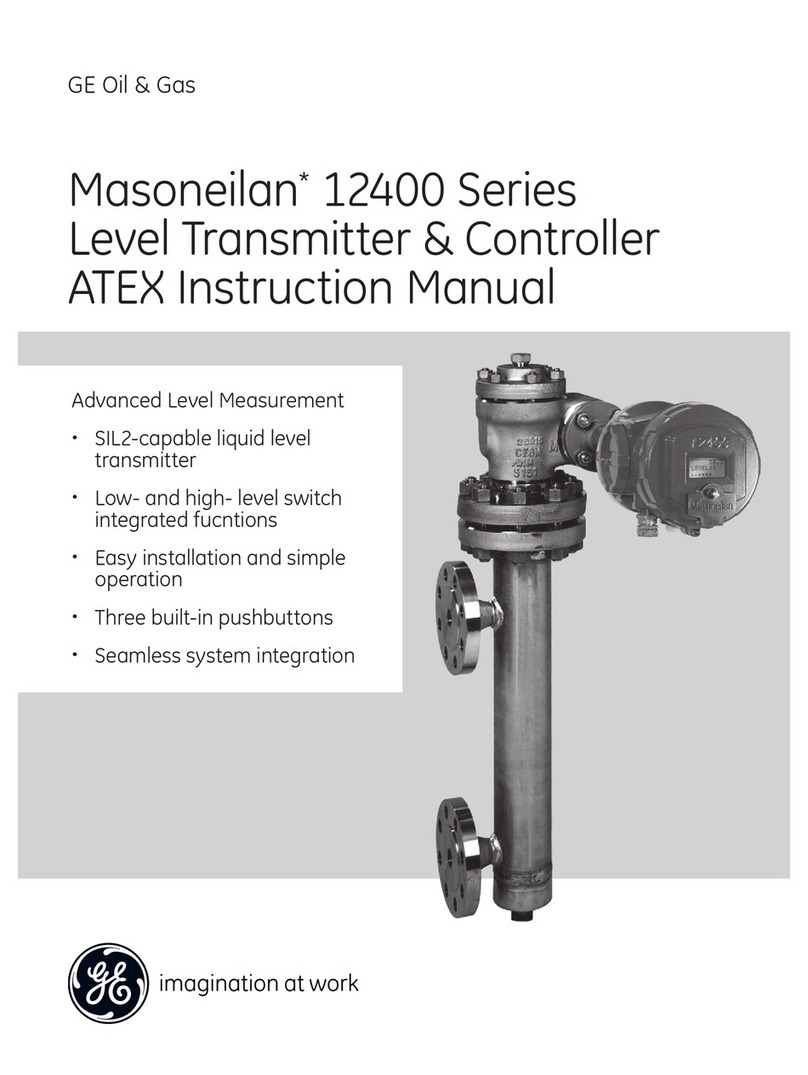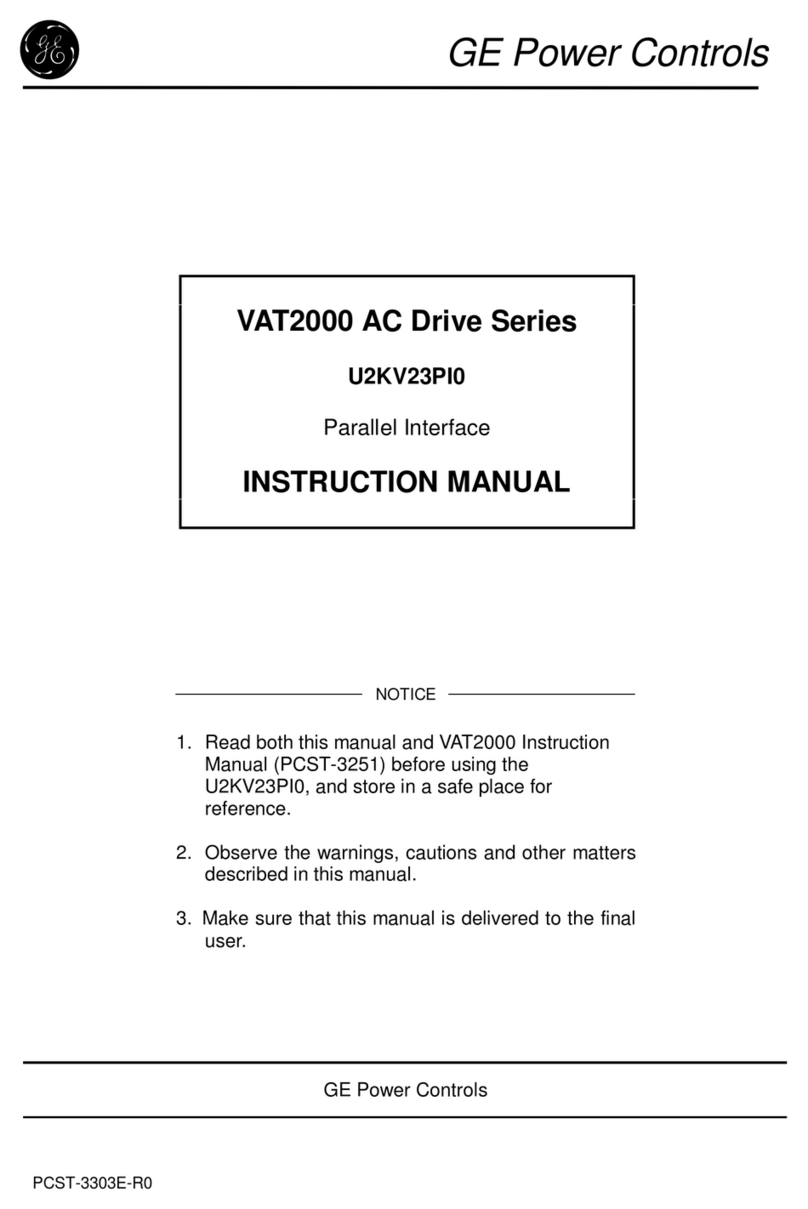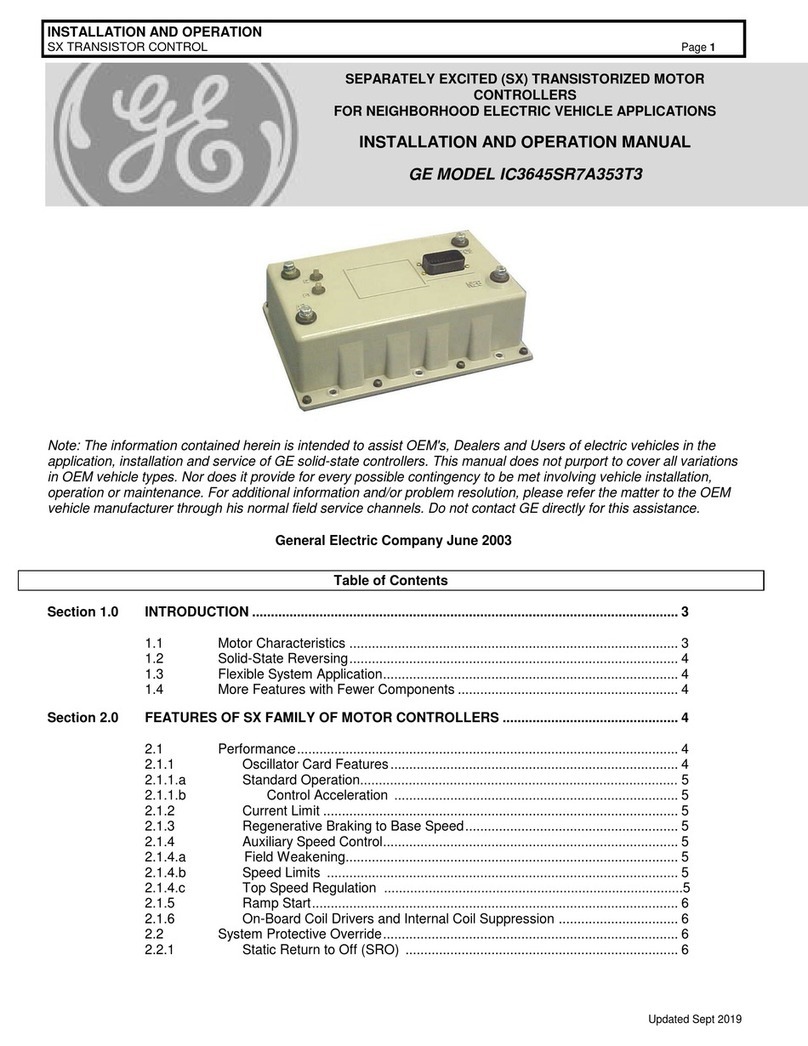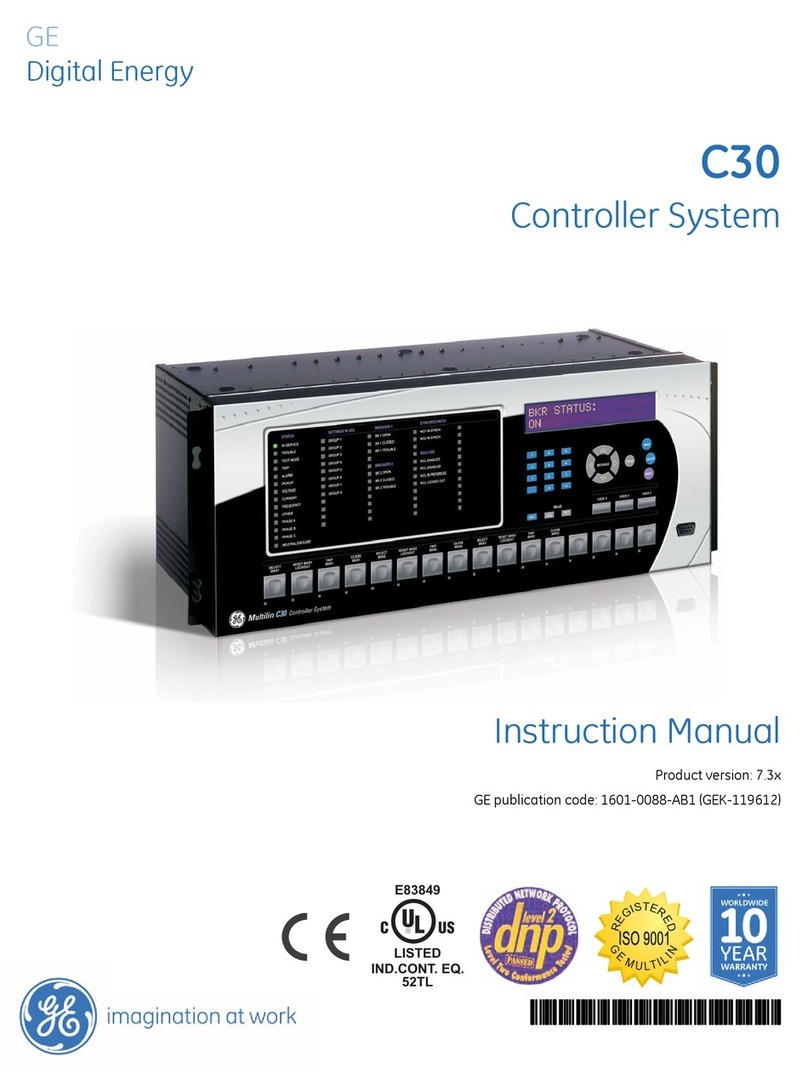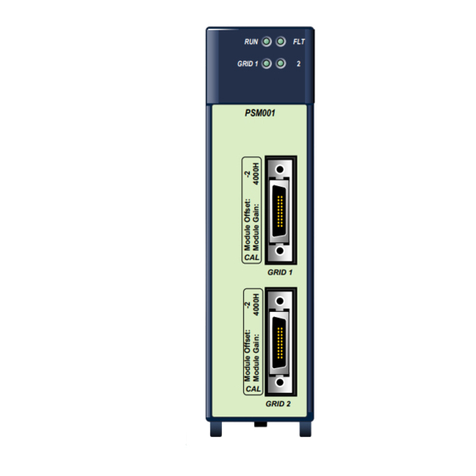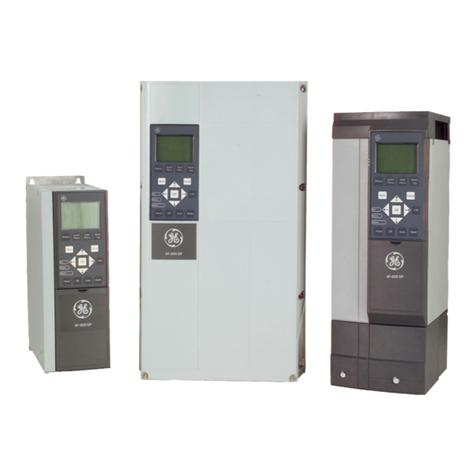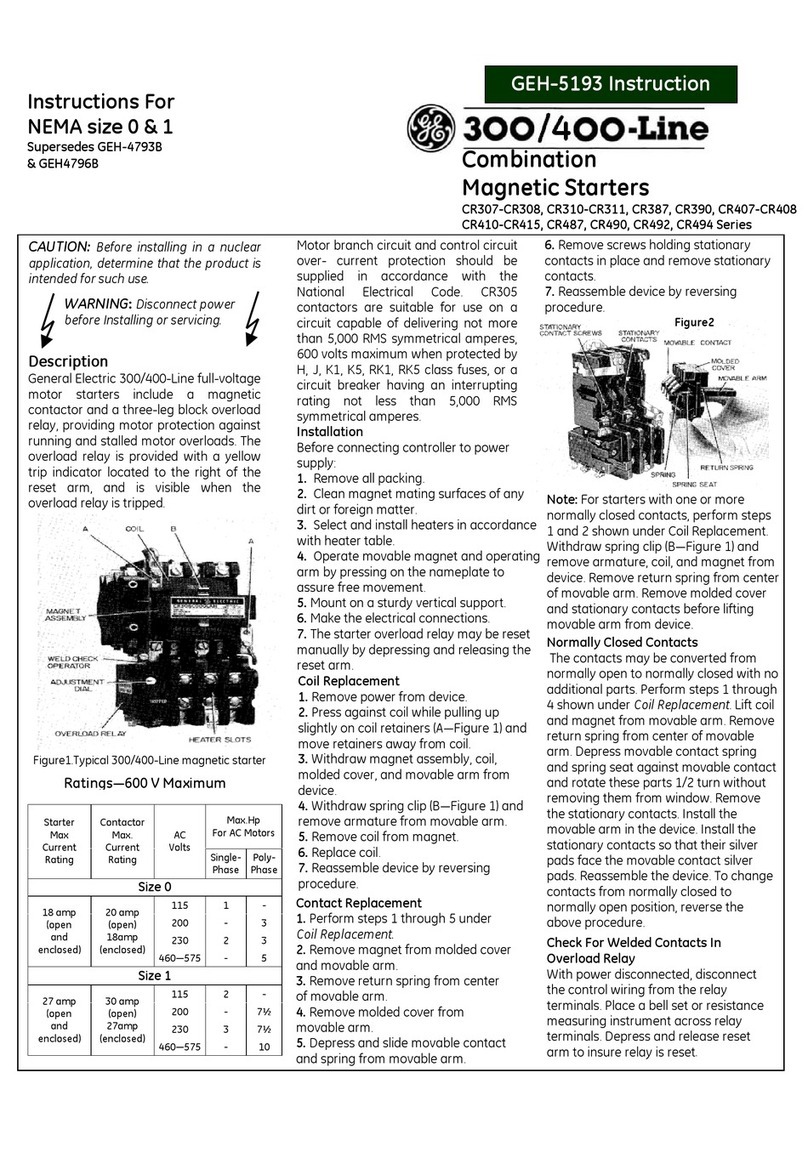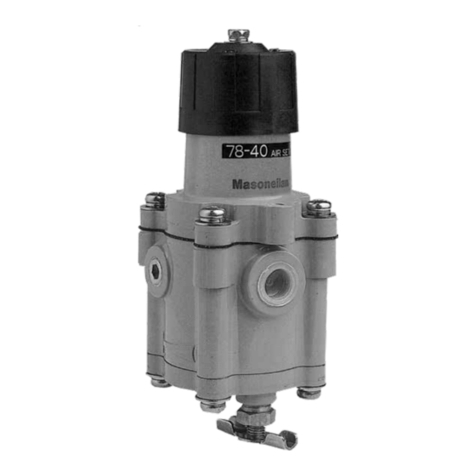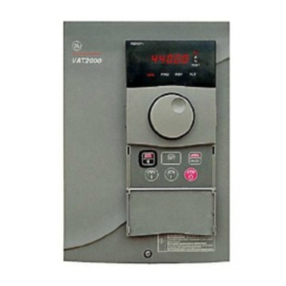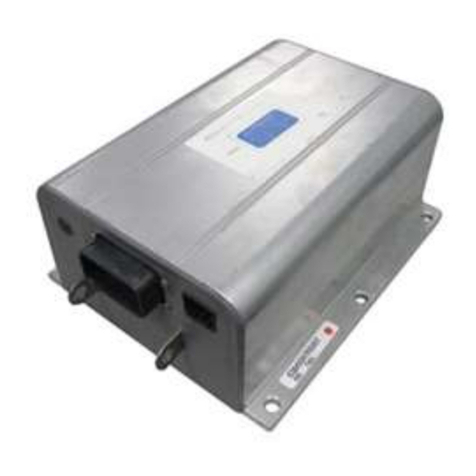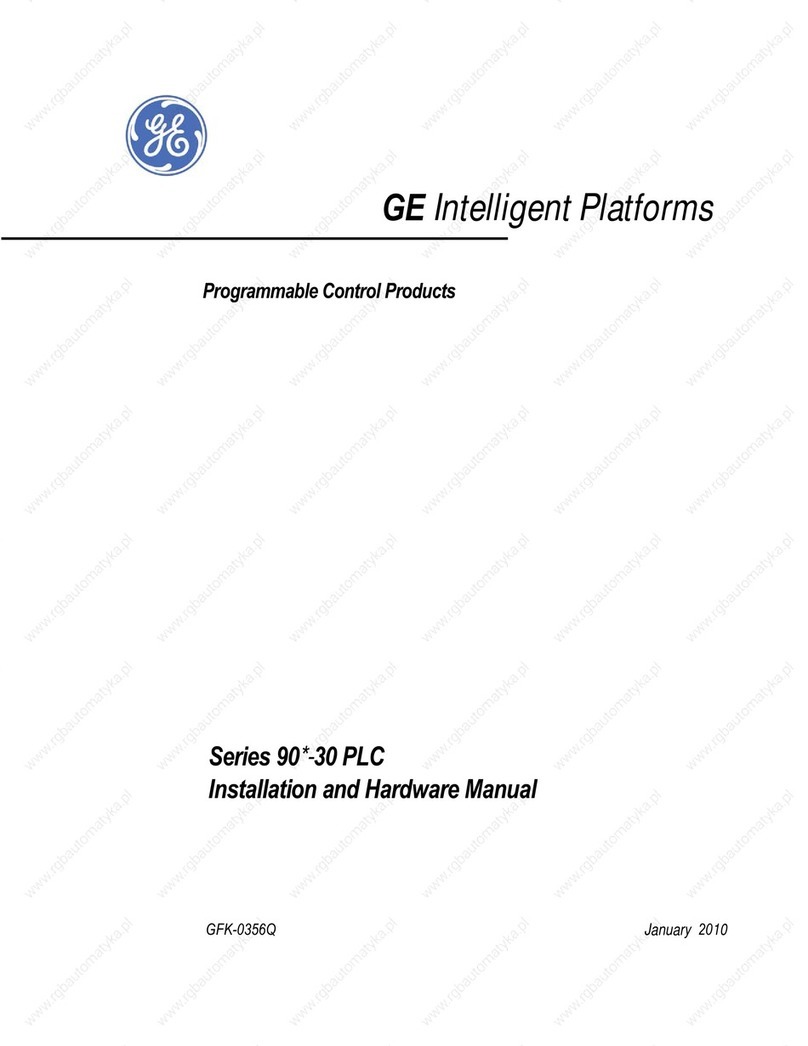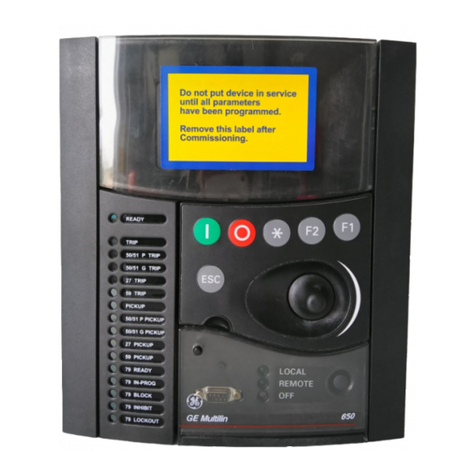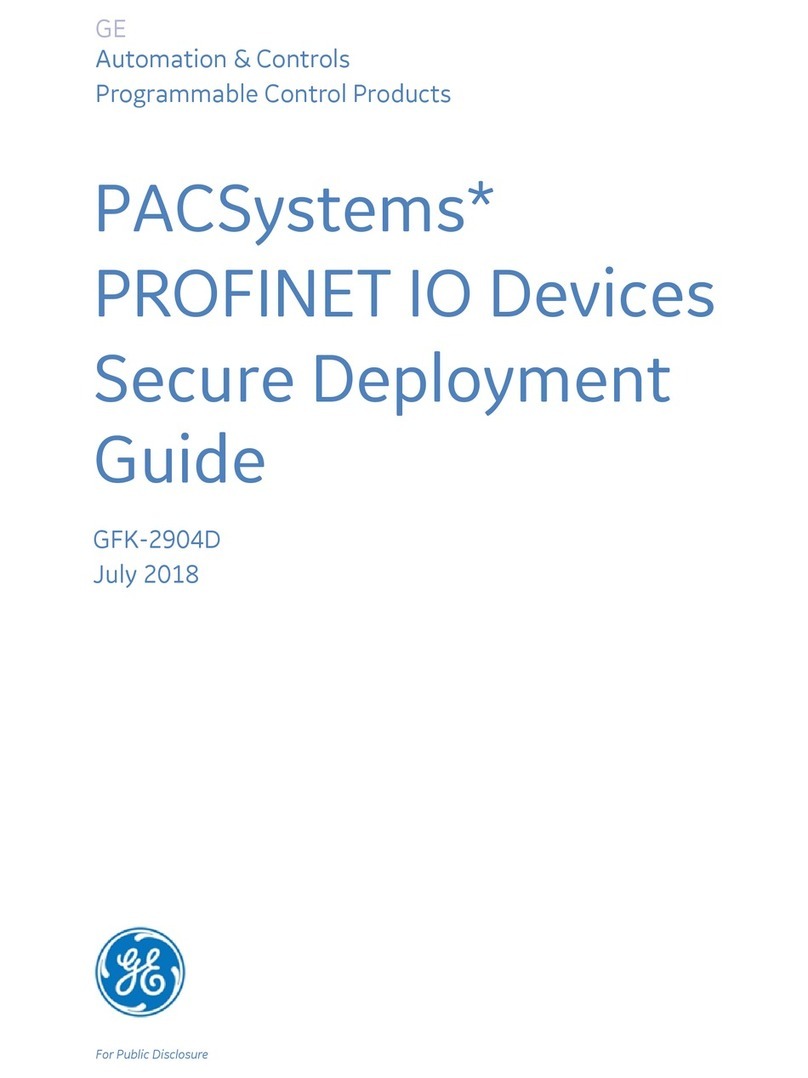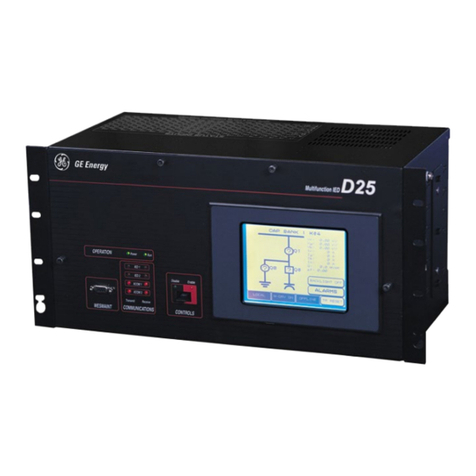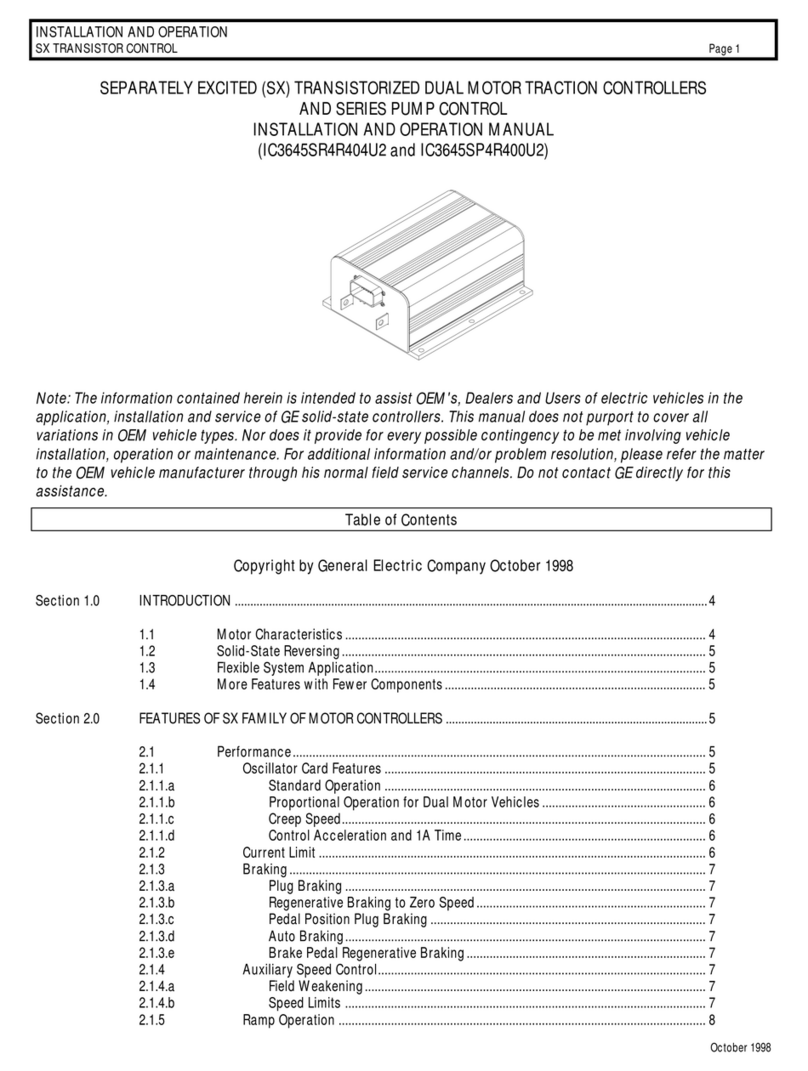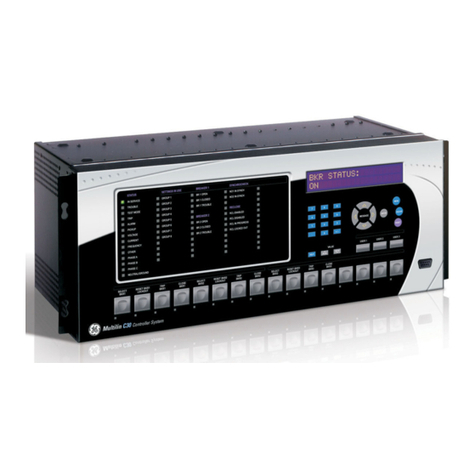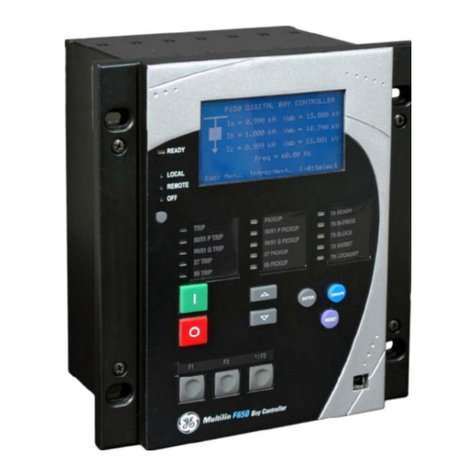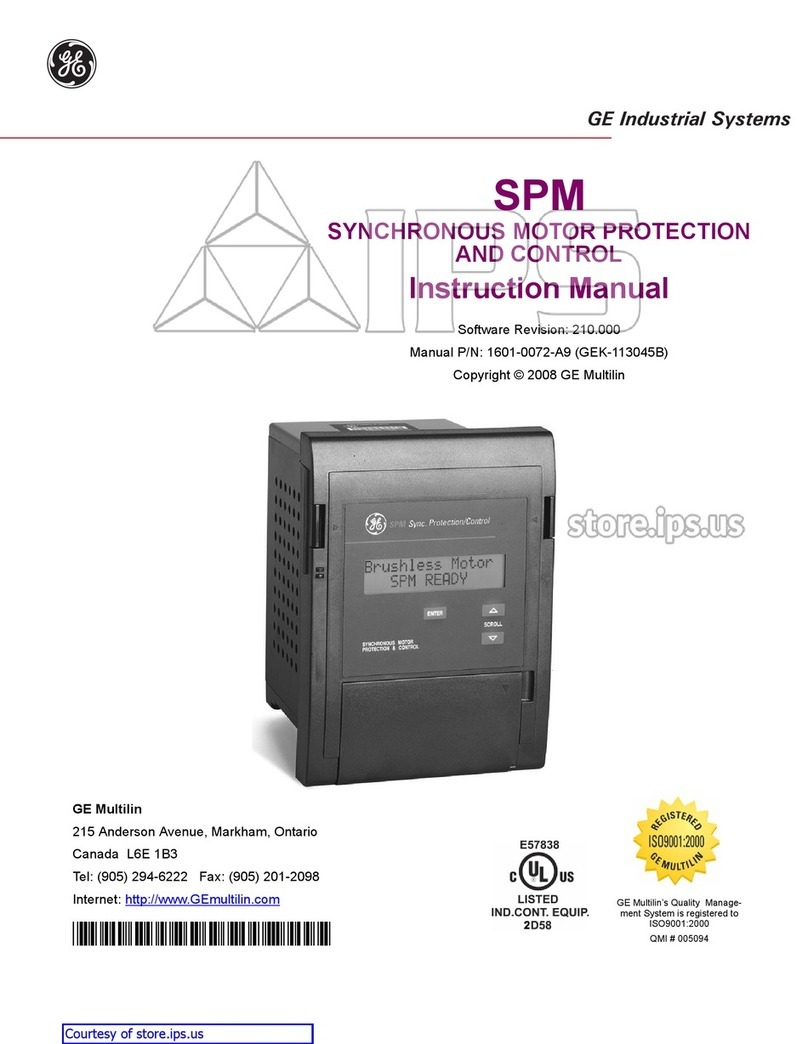
TABLE OF CONTENTS
4.2 Profibus....................................................................................................................................................................................................... 4.33
4.2.1 Definitions................................................................................................................................................................................ 4.33
4.2.2 Profibus System concept .................................................................................................................................................. 4.34
4.2.3 Profibus Interface................................................................................................................................................................. 4.35
4.2.4 Profibus termination............................................................................................................................................................ 4.36
4.2.5 Profibus DP-parameterization........................................................................................................................................ 4.36
4.2.6 Communication set up and station
addr
esses....................................................................................................... 4.36
4.2.7 Profibus DP Cyclic Data ..................................................................................................................................................... 4.37
4.2.7.1 EntelliPro ES Cyclic Read Telegram Definitions .................................................................................. 4.38
4.2.7.3 EntelliPro ES Cyclic Write Telegram Definitions.................................................................................. 4.46
4.2.8 Profibus DP Cyclic Data .................................................................................................................................................... 4.48
4.2.9 Diagnostic Data .................................................................................................................................................................... 4.48
4.2.10 Profibus Protocol communication set-up.................................................................................................................. 4.50
4.2.11 Profibus-DP Class1 Parameterizing ..............................................................................................................................4.53
Chapter 5: WinESG
5.1 File menu ........................................................................................................................................................................................................5.4
5.1.1 WinESG Configuration ..........................................................................................................................................................5.5
5.1.2 Slave Device Configuration .................................................................................................................................................5.6
5.2 Options Menu ...............................................................................................................................................................................................5.7
5.2.1 Alarm protocol panel.............................................................................................................................................................. 5.7
5.2.2 Access protection panel……................................................................................................................................................. 5.8
5.2.3 Alarm panel………………………..................................................................................................................................................... 5.9
5.2.4 Time synchronization panel................................................................................................................................................ 5.9
5.2.5 Read all Parameters……………................................................................................................................................................ 5.9
5.2.3 Send all Parameters ……………………….................................................................................................................................... 5.9
5.3 Windows menu...........................................................................................................................................................................................5.10
5.3.1 Control Panel.............................................................................................................................................................................5.10
5.3.2 Parameterization.....................................................................................................................................................................5.12
5.3.2.1 Info panel .............................................................................................................................................................5.12
5.3.2.2 Device Setting panel ........................................................................................................................................5.14
5.3.2.3 Alarms panel ..................................................................................................................................................... 5.18
5.3.2.4 Function panel.................................................................................................................................................... 5.19
.
5.3.2.5 Timer panel .......................................................................................................................................................... 5.20
5.3.2.6 Counter panel ................................................................................................................................................... 5.21
5.3.2.7 Control panel...................................................................................................................................................... 5.21
5.3.2.8 Typical settings panel...................................................................................................................................... 5.23
5.3.2.9 I/O’s panel ............................................................................................................................................................ 5.25
5.3.2.10 Cyclic panel.......................................................................................................................................................... 5.26

